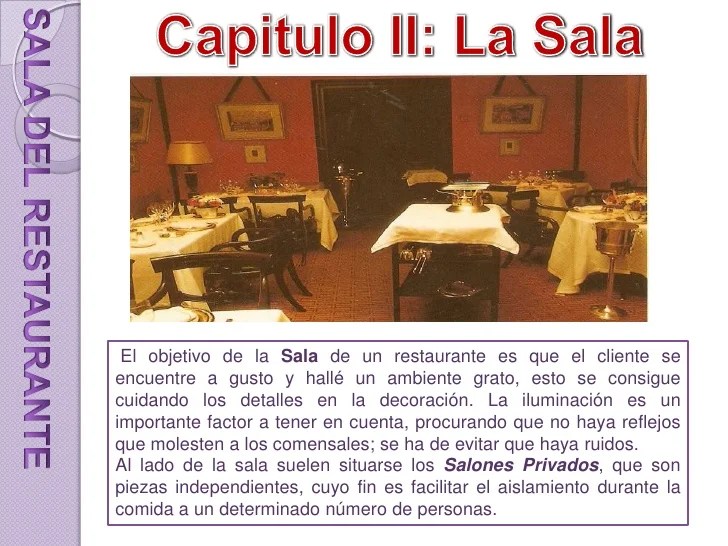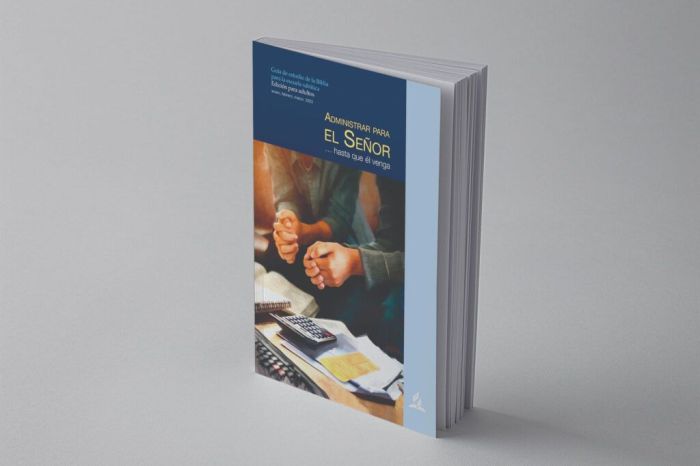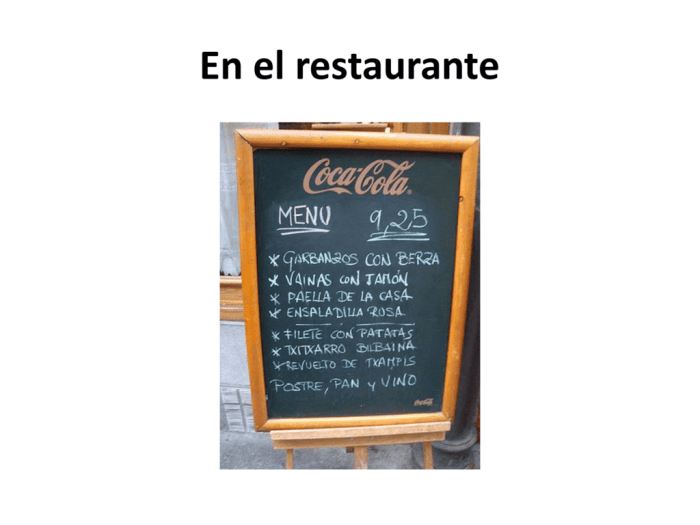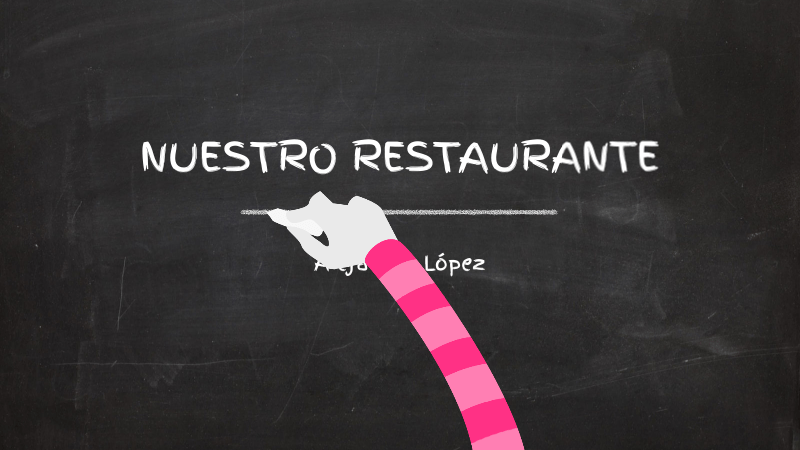En el restaurante leccion 8 – Embark on a culinary adventure with “En el Restaurante: Leccion 8,” a comprehensive guide that unlocks the secrets of dining in Spanish. From navigating menus to mastering local customs, this lesson empowers you to savor every moment of your Spanish dining experience.
Prepare to tantalize your taste buds as we delve into the nuances of ordering, menu exploration, and cultural etiquette. Whether you’re a seasoned traveler or a novice gastronome, this lesson will equip you with the essential knowledge and phrases to navigate the world of Spanish dining with confidence and delight.
Spanish Vocabulary
When dining in a Spanish restaurant, it is helpful to know some key vocabulary terms to ensure a smooth and enjoyable experience.
Here is a list of some essential Spanish vocabulary related to dining in a restaurant:
Menu
- El menú(the menu) – pronounced as “el meh-noo”
- El plato del día(the dish of the day) – pronounced as “el plah-toh del dee-ah”
- Las especialidades de la casa(the house specialties) – pronounced as “las eh-speh-see-ah-lee-dah-des de la kah-sah”
Ordering
- ¿Puedo hacer un pedido?(Can I place an order?) – pronounced as “¿pweh-doh ah-sehr oon peh-dee-doh?”
- Me gustaría…(I would like…) – pronounced as “meh goo-stah-ree-ah…”
- ¿Tiene…?(Do you have…?) – pronounced as “¿tee-eh-neh…?”
Eating
- ¡Buen provecho!(Enjoy your meal!) – pronounced as “¡bwayn proh-veh-choh!”
- ¿Puedo pedir más…?(Can I have more…?) – pronounced as “¿pweh-doh pee-deer mahs…?”
- La cuenta, por favor(The bill, please) – pronounced as “la kwen-tah, por fah-vohr”
Phrases for Ordering Food and Drinks

Ordering food and drinks at a restaurant can be a breeze if you know the right phrases. Whether you prefer formal or informal language, here are some common expressions to help you navigate the menu and make your requests with confidence.
Formal Phrases
When addressing the waitstaff in a formal setting, consider using the following polite phrases:
- “Me gustaría ordenar…” (I would like to order…)
- “¿Podría traerme…” (Could you bring me…)
- “Le agradecería que me recomendara…” (I would appreciate a recommendation for…)
Informal Phrases, En el restaurante leccion 8
For a more casual dining experience, you can opt for these informal expressions:
- “Quiero pedir…” (I want to order…)
- “Trae…” (Bring me…)
- “Recomiéndame…” (Recommend me…)
Menu Navigation

Navigating a Spanish restaurant menu can be a delightful culinary adventure. Understanding the menu’s structure will enhance your dining experience, allowing you to explore the diverse offerings with ease.Different menu sections are typically organized to guide you through your meal.
The “Entrantes” or “Aperitivos” section features appetizers, ideal for sharing or starting your meal with a light bite. “Platos Principales” or “Segundos” showcase the main courses, offering a range of meat, seafood, and vegetarian options. “Postres” or “Dulces” present a tempting array of desserts to end your meal on a sweet note.
Identifying Dishes
Each dish on the menu typically includes its name, a brief description, and the price. The description often mentions the main ingredients and cooking methods used. For example, “Paella Valenciana” might be described as “A traditional rice dish with seafood, chicken, and vegetables, cooked in a large pan.”
Pay attention to any special symbols or notes indicating vegetarian or gluten-free options.
Cultural Customs and Etiquette

When dining in a Spanish restaurant, it’s important to be mindful of the local customs and etiquette to ensure a respectful and enjoyable experience.
Tipping in Spain is not as common as in some other countries, but it’s generally appreciated if you leave a small tip (5-10%) for good service. The dress code for most Spanish restaurants is smart casual, so it’s best to avoid wearing overly casual or formal attire.
Table Manners
- It’s considered polite to wait for everyone at the table to be served before starting to eat.
- It’s not necessary to finish everything on your plate, but it’s considered rude to leave a lot of food behind.
- It’s common to share dishes with others at the table, so don’t be afraid to ask for a taste of something.
- When finished eating, it’s customary to place your knife and fork together on your plate, parallel to each other.
Example Dialogue

Let’s create a sample dialogue to illustrate the practical use of Spanish vocabulary and phrases in a restaurant setting.
Imagine you’re dining at a Spanish restaurant and want to order a meal. Here’s how the conversation might unfold:
Ordering Food
Customer
Hola, buenos días. Quisiera pedir una mesa para dos, por favor.(Hello, good morning. I would like to request a table for two, please.)
Waiter
Claro, señor. ¿En el interior o en la terraza?(Of course, sir. Inside or on the terrace?)
Customer
En la terraza, por favor.(On the terrace, please.)
Waiter
Perfecto. ¿Les puedo ofrecer algo de beber mientras esperan?(Perfect. Can I offer you something to drink while you wait?)
Customer
Sí, dos cervezas, por favor.(Yes, two beers, please.)
Choosing Dishes
Waiter
Aquí tienen las cartas.(Here are the menus.)
Customer
Gracias. Voy a pedir la paella de mariscos y mi acompañante tomará el solomillo con patatas fritas.(Thank you. I will order the seafood paella, and my companion will have the sirloin steak with fries.)
Waiter
¿Les gustaría algo más?(Would you like anything else?)
Customer
No, gracias. Eso es todo.(No, thank you. That’s all.)
Finishing Up
Waiter
¿Les ha gustado la comida?(Did you enjoy the food?)
Customer
Sí, mucho. Estaba todo delicioso.(Yes, very much. Everything was delicious.)
Waiter
Me alegro. ¿Quieren tomar postre o café?(I’m glad. Would you like to have dessert or coffee?)
Customer
No, gracias. Estamos llenos.(No, thank you. We are full.)
Waiter
¿La cuenta, por favor?(The bill, please?)
Waiter
Aquí la tienen.(Here you go.)
Customer
Muchas gracias. Hasta luego.(Thank you very much. Goodbye.)
En el restaurante lección 8, aprenderás a desenvolverte en un entorno gastronómico. Sin embargo, si buscas una comprensión más profunda de los misterios espirituales, explora the secrets of the quran . Este conocimiento te guiará en tu viaje por la vida, complementando tu dominio del lenguaje en el restaurante.
Waiter
De nada. Hasta pronto.(You’re welcome. See you soon.)
Interactive Table: En El Restaurante Leccion 8

The interactive table below provides an engaging and accessible way to explore key vocabulary and phrases related to dining out in Spanish.
Each row in the table represents a different category, such as greetings, ordering food, and asking for the bill. Within each row, you will find essential words and phrases accompanied by audio pronunciations and links to additional resources.
Usage Instructions
- Click on the “Listen” button to hear the pronunciation of a word or phrase.
- Click on the “More” button to access additional resources, such as grammar explanations and practice exercises.
By using this interactive table, you can enhance your Spanish vocabulary and improve your confidence when ordering food and drinks in a restaurant.
Questions Often Asked
What are some essential Spanish phrases for ordering food?
“¿Puedo ver el menú, por favor?” (May I see the menu, please?)
“Me gustaría pedir…” (I would like to order…)
“¿Tiene alguna recomendación?” (Do you have any recommendations?)
How do I navigate a Spanish restaurant menu?
Menus are typically divided into sections: “Entradas” (starters), “Platos Principales” (main courses), and “Postres” (desserts).
Look for dishes with familiar ingredients or descriptions to make your choices.
What are some cultural customs to be aware of when dining in a Spanish restaurant?
Tipping is not mandatory but appreciated.
It’s considered polite to dress respectfully, even for casual dining.
Take your time and enjoy the dining experience; meals in Spain tend to be leisurely.